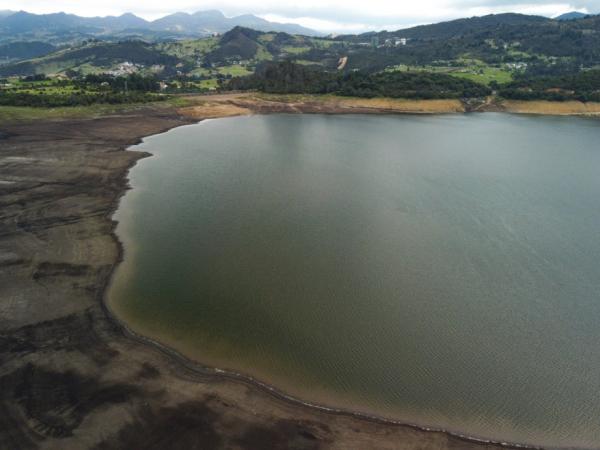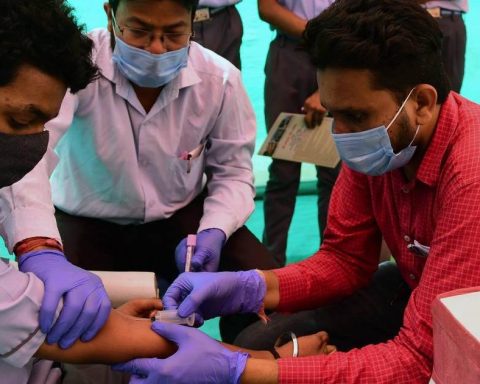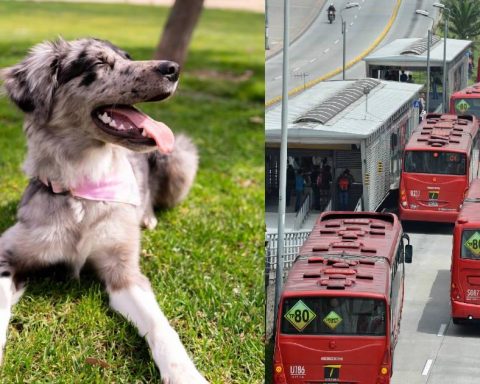While Bogotá continues to wait for rain in the reservoirs to end water rationing, NOAA (National Oceanic and Atmospheric Administration) gave a less than encouraging forecast for the La Niña phenomenon.
(Read: How to get out of ‘robust mediocrity’: pending tasks in Latin America).
According to the Climate Prediction Center, there is a 60 percent chance that La Niña conditions will occur in late November, and they are expected to persist until January or March 2025.
In addition to this, NOAA reported: “IRI models predict a weak and short duration of La Niña. As a result of the warmer predictions and the recent weakening of equatorial trade winds, the team still favors a weak event, but has decreased the chances of La Niña”.
In previous months, the NOOA had predicted that there was a 71 percent chance of rain for the September-October-November quarter, now “the probabilities of La Niña have decreased”since experts estimate that it will arrive in the same period, but with a 10 percent reduced expectation.
(Besides: What the labor reform says about the limit of daily and weekly overtime).
“The La Niña weather pattern is characterized by colder than average marine waters in the Eastern and Central Pacific. To be considered La Niña, the water has to be at least 0.5°C below average for at least “3 consecutive months”explained the entity.
Rains in Colombia.
THE TIME
What are Ideam’s predictions for these days?
The Institute of Hydrology, Meteorology and Environmental Studies warns of a dry afternoon for this Sunday, October 13 in much of the country. Possible rain with thunderstorms in the western Colombian Caribbean Sea, including the archipelago of San Andrés, Providencia and Santa Catalina.
Rains are also expected in areas of the south of La Guajira, north of Cesar and Magdalena, Atlántico, north and south of Bolívar, Sucre, Córdoba, Antioquia, west of Norte de Santander, east and south of Santander, north and east of Boyacá and east and south of Cundinamarca.
Finally, there will be possible rains in the west of Caldas, Risaralda, Quindío, Chocó, Valle del Cauca, Cauca, west of Arauca and Casanare, southwest of Meta, west of Vichada, west of Caquetá and Putumayo, Guainía, south of Guaviare and the west of Vaupés.
Pamela Avendaño
THE TIME
















